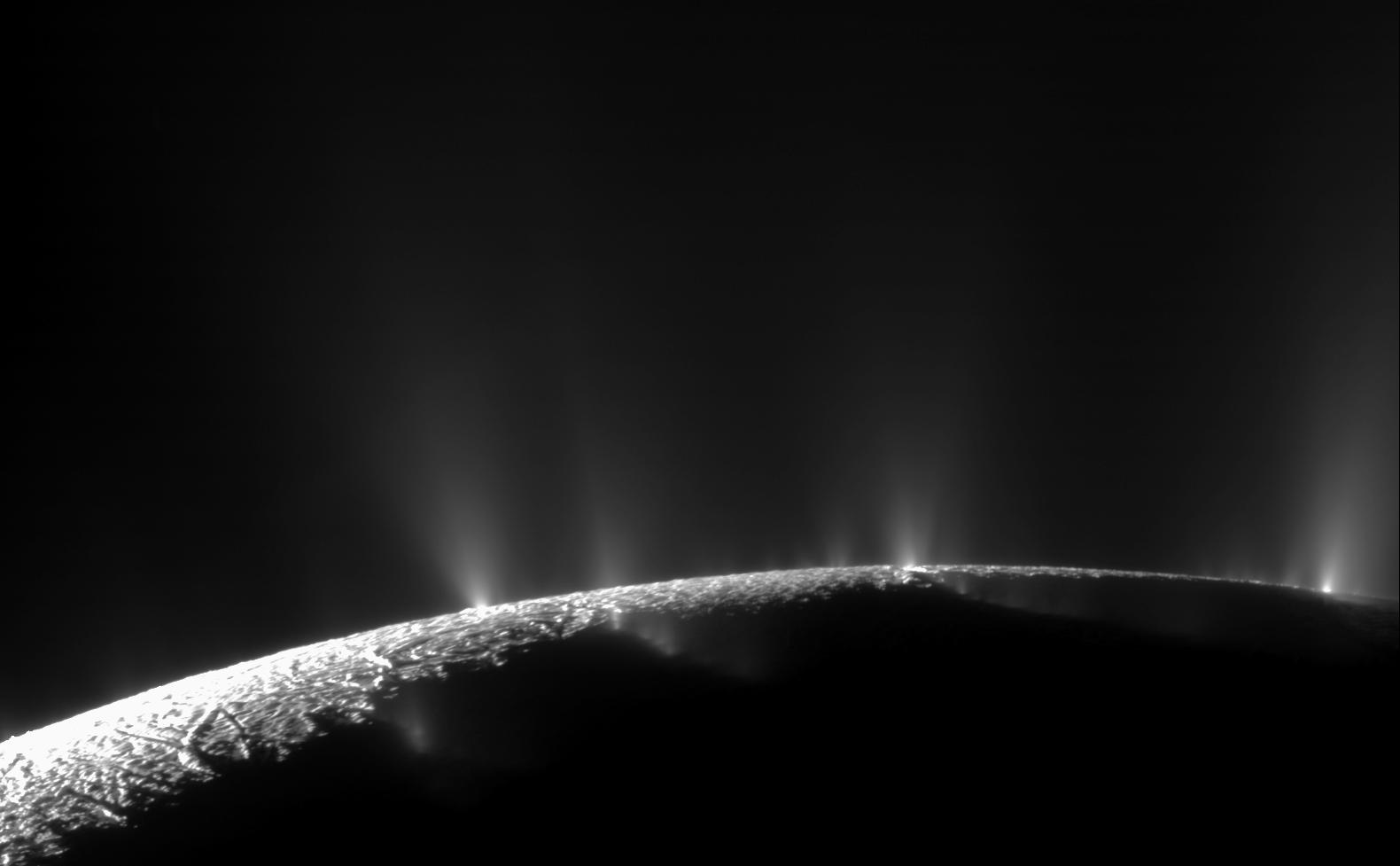2 min read

This is Cassini's last gravity science flyby of the mission using the High Gain Antenna Radio science data collected during the flyby will provide critical observations that will be compared to what was gathered earlier in the mission.
The information will be used to:
- Assess the presence of a global subsurface ocean by measuring the short-period changes of the gravity field induced by Saturn’s tidal field (eccentricity tides);
- Determine the geoid (an imaginary reference used by scientists to describe Titan's shape) and the presence of large scale gravity anomalies;
- Determine the rheology of the icy crust (that is, how it flows) by correlating analysis of radio science data with altimetric data. The data from T122, along with that from T99, are crucial for reducing the uncertainties and discriminating between the surviving models of Titan's interior structure.
The Cosmic Dust Analyzer will be using a new "Dust Occultation" technique to observe the interaction of streams of nanometer-scale dust with Titan’s atmosphere. In these observations, dust particles are used like photons: an obstacle affects the paths of particles from taking an otherwise direct path the observer (i.e., Cassini).
T-122 is the only opportunity to observe a new occultation phenomena first observed during T-99 (March 2014), in which CDA observed a drop in the impact rate of dust particles when Saturn set behind Titan’s atmosphere during the flyby. The new measurements will constrain dust grain parameters including speed, mass and direction, and provide essential input for modeling how fast-moving nanometer-scale grains are worn down in passing through thin atmospheres.







